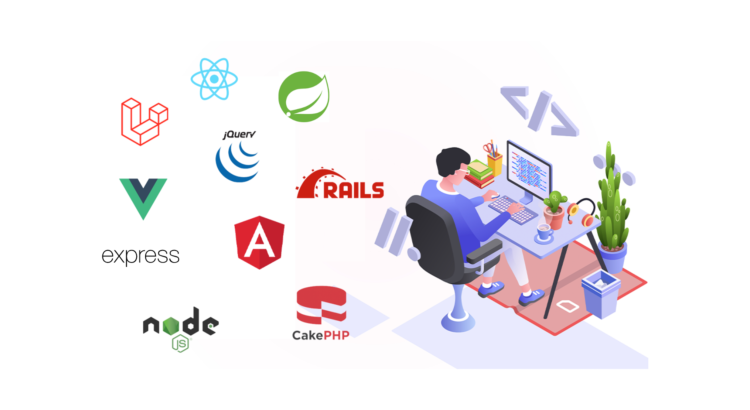In the realm of digital product development, two terms frequently surface: UX (User Experience) design and UI (User Interface) design. While they are closely related and often used interchangeably, they represent distinct facets of the design process. Following are the key differences between UX and UI design.
1. Purpose and Focus:
- User Experience (UX) Design: UX design is all about enhancing the overall experience a user has with a product. It focuses on usability, accessibility, and the user’s emotional journey. UX designers are concerned with how a user interacts with a product, from the moment they encounter it to the final interaction.
- User Interface (UI) Design: UI design, on the other hand, centers on the product’s look and feel. It’s about crafting the visual elements that users interact with directly—buttons, icons, layouts, color schemes, and typography. UI designers aim to create a visually appealing and intuitive interface.
2. Scope of Work:
- User Experience (UX) Design: UX designers conduct extensive research to understand user behavior, needs, and pain points. They create wireframes, prototypes, and user flows to optimize the product’s structure and functionality. Their role extends beyond aesthetics to ensure a seamless and enjoyable user journey.
- User Interface (UI) Design: UI designers focus on the aesthetics and visual elements. They craft pixel-perfect designs and collaborate closely with UX designers to implement their vision. UI designers are responsible for creating a consistent and visually engaging interface.
3. Tools and Deliverables:
- User Experience (UX) Design: UX designers use tools like wireframing and prototyping software (e.g., Sketch, Figma, Adobe XD) to create interactive models of the product. They produce deliverables such as user personas, user journeys, and usability reports.
- User Interface (UI) Design: UI designers work extensively with graphic design tools (e.g., Adobe Photoshop, Illustrator) to create high-fidelity visuals. They produce style guides, design mock-ups, and assets like icons and buttons.
4. User-Centred vs. Aesthetic-Centred:
- User Experience (UX) Design: UX design is deeply rooted in empathy for the user. It aims to solve user problems, make interactions efficient, and ensure that the product meets the user’s goals and expectations.
- User Interface (UI) Design: UI design is more concerned with the aesthetics and visual appeal of the product. It strives to create an aesthetically pleasing interface that aligns with the brand and enhances the overall user experience.
5. Collaboration:
- User Experience (UX) Design: UX designers collaborate with various stakeholders, including researchers, developers, and product managers, to align the product with user needs and business goals.
- User Interface (UI) Design: UI designers closely collaborate with UX designers to bring the visual elements to life. They work hand-in-hand to ensure that the product’s look aligns with its functionality.
In conclusion, UX and UI design are two crucial components of creating exceptional digital products. While their roles and focuses differ, they are complementary and interdependent. UX design ensures that a product is user-centred and functional, while UI design enhances its visual appeal and usability. Successful product design often requires a harmonious blend of both disciplines, working together to create a compelling and delightful user experience.





